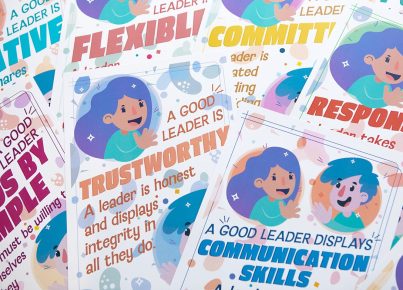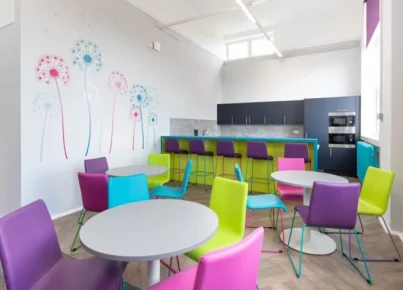This morning I had a talk with a good friend about their school year and their maturation as a teacher. They shared with me that even though they felt like their pedagogical and classroom management skills were at an all-time high, their principal did not share the same enthusiasm. As a matter of fact, in many ways, the principal believed that my friends’ skills had regressed over the last two years.
What bothered my friend is that without her even asking, her colleagues routinely commented on her growth as a teacher, and she had even been named the teacher of the year for her school district. Where was this discrepancy coming from? Did her principal have some type of vendetta against her or were here teaching skills regressing? Unfortunately, this happens all too often in the field of K-12 education.
What does teacher observation currently look like?
Each year, teachers are observed informally and formally by their principals. Informal observations are impromptu and can be done at any time. Formal observations are planned and have a pre and post observation component.
What I mean by this is that before a formal observation, the teacher and principal sit down and discuss the date and time of the observation, what lesson the teachers will teach, and the criteria upon which teacher will be judged. This is commonly known as a pre-observation conference.
After the formal observation, the teacher and principal sit down for what is known as the post-observation conference. During this time, they discuss the observation, and the principal goes through the teachers assessed performance, letting them know the things that they did well and the things that need improvement. To help facilitate teacher growth, the principal and the teacher work together to develop an improvement plan.
This plan will help the teacher reach their full potential as an educator and correct any pedagogical deficiencies. The plan is then enacted, and informal observations and coaching sessions are used to accelerate growth. In some instances, the principal will take a model lesson to the teacher’s students to demonstrate the pedagogical skills that need improvement.
How can we make the teacher observation process better?
To make the teacher observation process better, all we have to do is make it multifactorial. What do I mean by this? Instead of just being observed by one administrator, maybe teachers should be observed by several people. Of course, their building principal should be one of the observers, and also the district should have its own squadron of observers. Since the districts observers do not work with the teacher on a day to day basis or hold a supervisory position, their observations can be seen as neutral.
Both the principal and the district observers would be trained to use the same observational scale. The pre-observation conference would include the three observers (the principal and two district observers) and the teacher, and subsequently, the observations would be carried out. In cases of widely divergent ratings, the principal and district observers could work together to reconcile the differences in their scores, before facilitating a post-observation conference with the teacher. The end result should theoretically be teacher observational scores that have increased validity and increase teacher quality and efficacy.
What do you think of my proposed changes to the teacher observation process?



